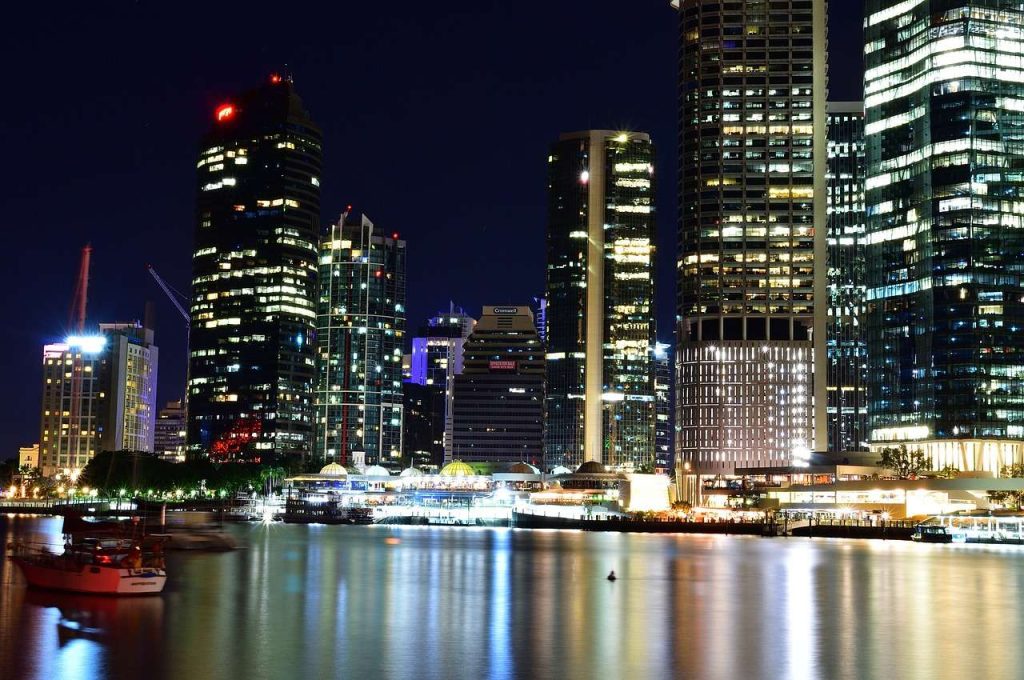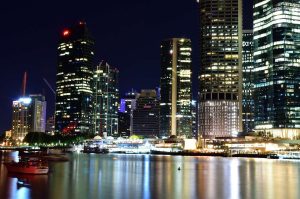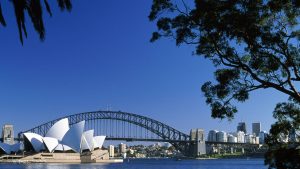The Brisbane River

The Brisbane River is a bustling waterway frequented by ferries, ships and private boats alike. Its tidal flows can carry debris such as branches or even cars downstream when caught up by its currents.
Brisbane River is home to both rare Queensland lungfish and extinct Brisbane River cod, as well as bull sharks. Unfortunately, its waters often become polluted with toxic algae blooms.
Table of Contents
It is the city’s main water supply
The Brisbane River (Turrbal: Maiwar) serves as the city’s primary water source and empties into Moreton Bay on the Coral Sea. It was named in honor of Sir Thomas Brisbane, Governor of New South Wales prior to Queensland being formed.
Seqwater’s Mt Crosby water treatment plant supplies up to 50% of Brisbane’s drinking water needs and also acts as a floodwater storage reservoir during extreme rainfall events.
Before European settlement, the Brisbane River held a special significance to Chepara-Yugarapul people of Australia’s Northern Territory. These indigenous people utilized its tidal sections for fishing and firestick farming purposes.
The Brisbane River’s catchment includes grasslands, eucalypt woodlands and open forests as well as pockets of rainforest, all which contribute to slowing the water flow through landscape features and recharge groundwater aquifers more effectively while simultaneously reducing pollutant loads entering into its waters. Protecting this catchment will make both cities and regions more resilient to flooding events.
It is a major transport route
The Brisbane River serves as an important transport link between suburban areas, shopping centres and other business and leisure precincts to the city centre. Buses, trains and ferries operate along its length while CityCat and KittyCat ferry services also run along its banks to serve inner-city areas. Furthermore, Clem Jones Tunnel was opened as the first underground road crossing under this stretch of river in 2010.
Before European colonisation, the river served as an essential trade route for local aboriginal people. Unfortunately, its tidal reaches presented significant navigational challenges including the bar at its mouth as well as Five and Seventeen Mile Rocks that presented considerable obstacles for navigation.
Early river crossings used oar-driven boats, followed by steam ferries. Victoria Bridge was built in 1865, only for it to later be destroyed by flooding. Since 1893 and 1974 there have been multiple severe floods along its course, with major ones most frequently occurring between these years.
It is a popular recreational area
The Brisbane River is a favorite recreational spot for both locals and visitors. With a rich history dating back to its colonial settlement days, this river now serves as a major transport artery connecting it directly with urban centres across Queensland. 16 major bridges connect it to its banks; an additional toll system connects it directly to its urban surroundings.
The river offers many activities, from river cruises and kayaking, to relaxing walks along its boardwalk or enjoying its view from restaurants or cafes. Furthermore, several mangroves exist along its course, although noxious water hyacinth has since invaded some.
The Brisbane Powerhouse, a former 1920s power station, now hosts arts and cultural events for visitors of all kinds. This complex also contains an art gallery and theatre. Situated in Teneriffe with its historic woolstore buildings and distinctive architecture, Teneriffe offers plenty of dining and cafe options as well.
It is home to a variety of wildlife
The Brisbane River is home to an array of wildlife, such as fish species and the rare Queensland lungfish. Additionally, 14 different freshwater turtle species call this river home; Sandgate Einbunpin Lagoon, Jacob’s Well Environmental Reserve and Kumbartcha Sanctuary waterhole are all ideal places for seeing these turtles in action. These turtles are omnivores; feeding on whole fish, snails, prawns insect larvae worms vegetation as food sources.
Its central role to urban life has led to decades of degradation caused by damming, pollution, agricultural run-off and dredging, such that its lower reaches have taken on a murky brown color with historical accounts mentioning depths as shallow as 6 meters (historical accounts also mention seeing bottom in 6m depths). Now there is greater environmental awareness and efforts underway to restore and enhance its water quality.
The ecosystem in Brisbane Region (BR) is endangered, and without long-term investment it could collapse within 10 years. As this ecosystem is integral to local community wellbeing, its protection and appreciation should be prioritized; The Queensland Government is taking steps towards this end with their Healthy Land and Water Initiative.


